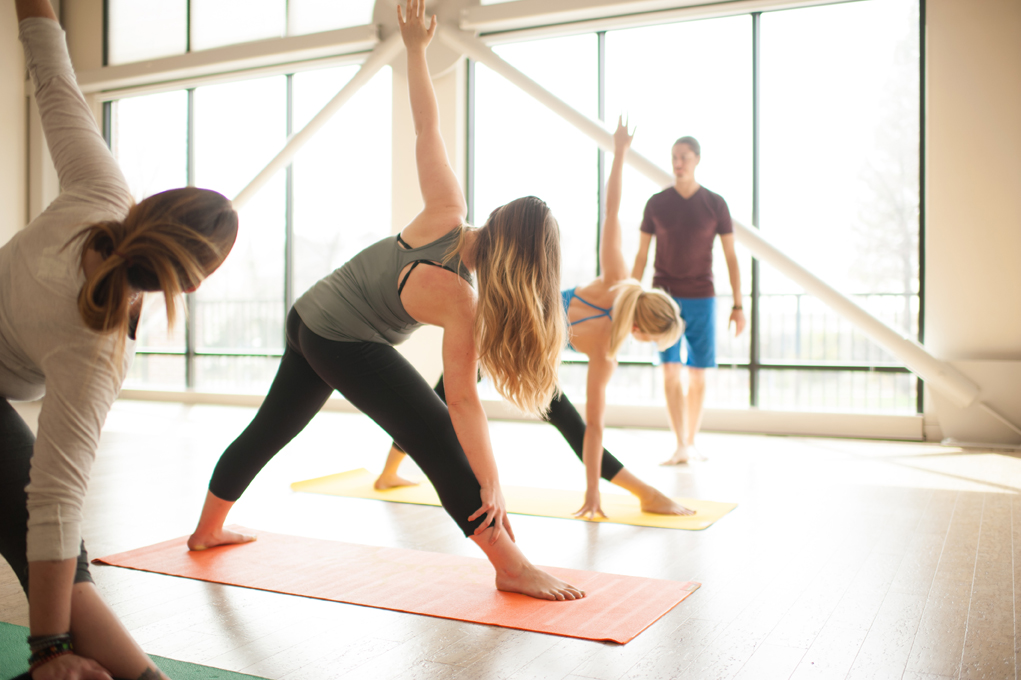 After more than 30 years of teaching yoga asana, I’ve come to recognize a pattern. Many of us, at least in the West, seem to think of fall as “back to school” season. Even though most of us adults don’t have jobs that give us summers off, we still think of autumn as the time to get back to business. As yoga practitioners, this translates to “time to get back to yoga.”
After more than 30 years of teaching yoga asana, I’ve come to recognize a pattern. Many of us, at least in the West, seem to think of fall as “back to school” season. Even though most of us adults don’t have jobs that give us summers off, we still think of autumn as the time to get back to business. As yoga practitioners, this translates to “time to get back to yoga.”
Some people keep their yoga practice consistent all summer long, even on vacation. Some might do a few poses here and there, but nothing consistent. For others, missing yoga classes in the summer means taking a big yoga break in favor of other activities. Any of these choices is fine—really. Sometimes it is actually a good thing to take a break from a yoga routine and focus on other ways of maintaining health and happiness.
If you’ve taken a break from yoga, here are some tips that might help you make a smooth transition back to your practice.
Back to Yoga Class
Whether you’ve spent the summer hiking, bicycling, swimming or lying on the beach, your body will respond differently to yoga practice now than it did when you were practicing regularly. If I had to give you just one recommendation for getting back to yoga, it would be: Take it easy.
- Start with a relaxed class. Ease your body back into your practice. You don’t have to start with Restorative Yoga—although Restorative Yoga is a treat most of us could use more often. But if you can, start with a class or teacher you know will let you go at your own pace. If you prefer to return to your tried-and-true class, let your teacher know you’re going to take it a bit slower than usual at first.
- Be patient. Your flexibility may be different from how it was last time you practiced. Most people find that after a few months off, they may be a bit less flexible, but it comes back relatively quickly. Don’t push it. Let your body unwind naturally. Remember that asana practice is not about achieving maximum flexibility; it’s about balancing strength and softness.
- You may experience some soreness. A little soreness is to be expected when you’re reacquainting your body to any sort of physical practice. But soreness is not a goal in yoga practice. Soreness is usually due to microscopic damage to your muscle fibers, accompanied by inflammation. If you do experience soreness, do some slow, light stretching, accompanied by slow, deep breathing in lieu of a full-blown asana practice. Instead of going to your edge, stay 5 to 10 percent inside your comfort zone.
